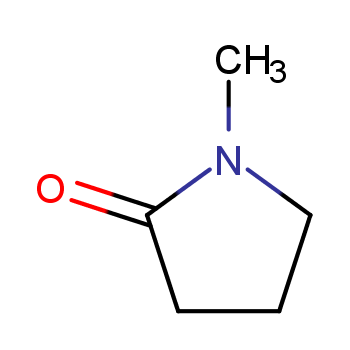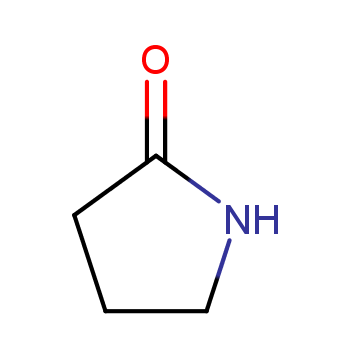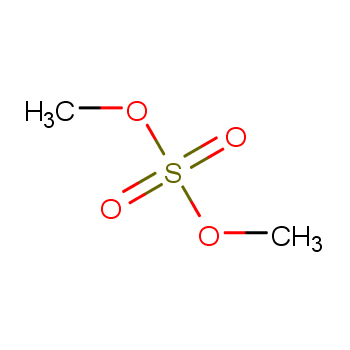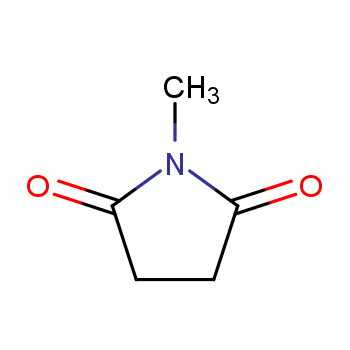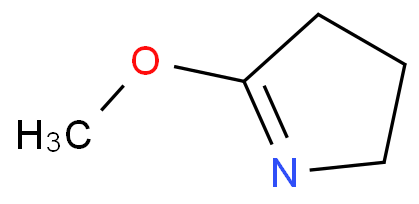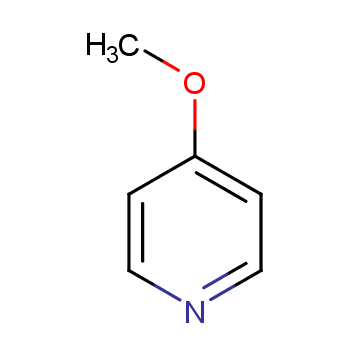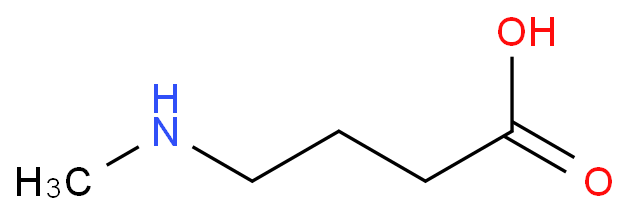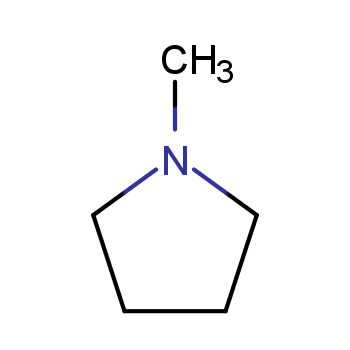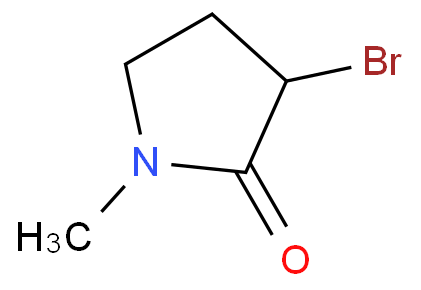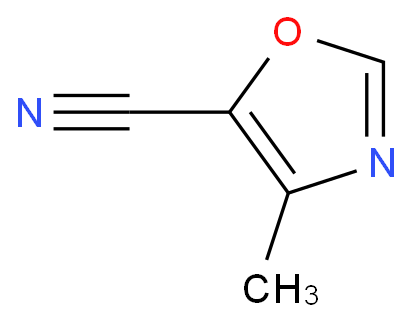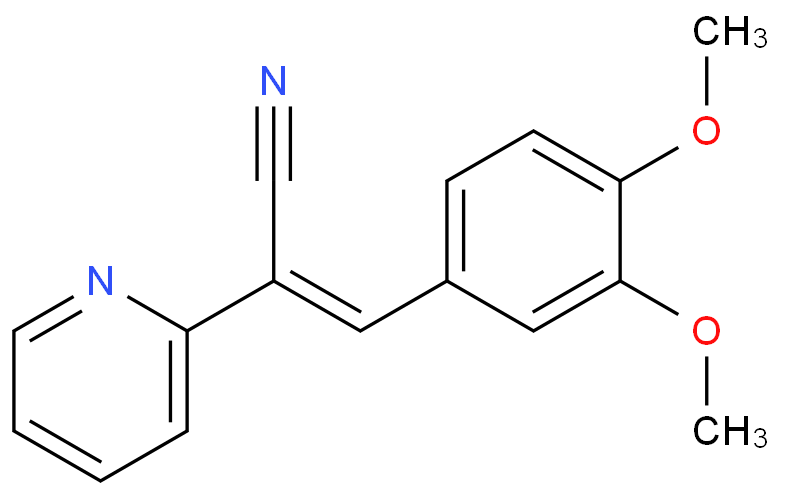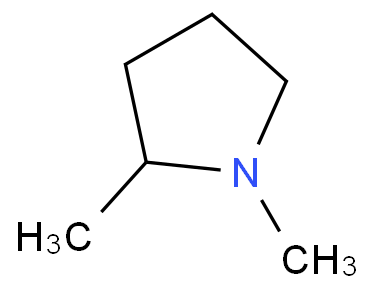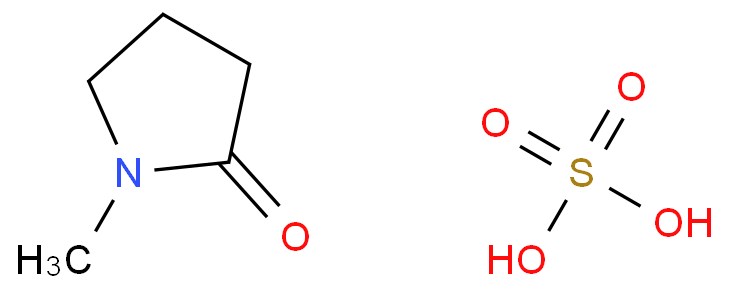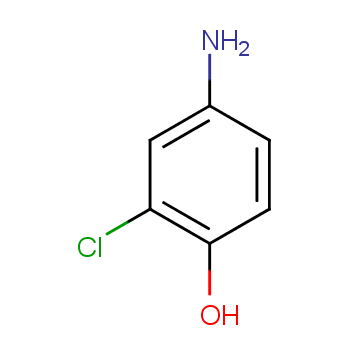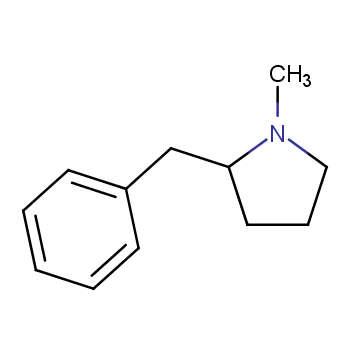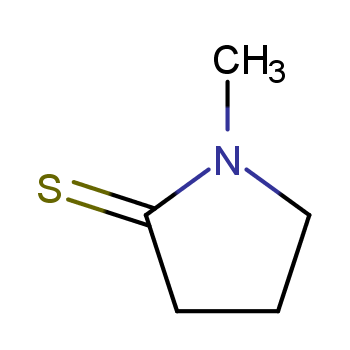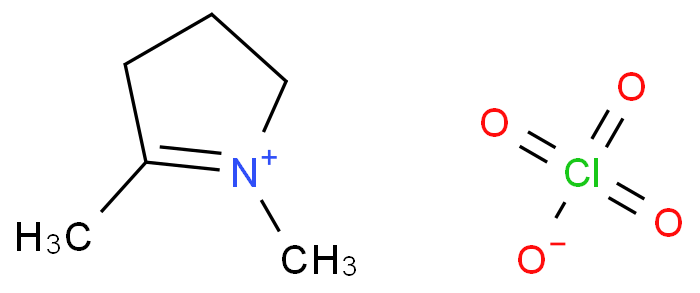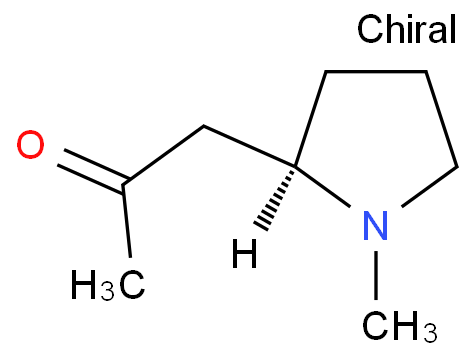1.Identification
1.1 GHS Product identifier
| Product name | N-methylpyrrolidin-2-one |
|---|
1.2 Other means of identification
| Product number | - |
|---|---|
| Other names | N-methyl-pyrrolidin-2-one |
1.3 Recommended use of the chemical and restrictions on use
| Identified uses | For industry use only. Adhesives and sealant chemicals,Intermediates,Paint additives and coating additives not described by other categories,Plating agents and surface treating agents,Processing aids, not otherwise listed,Processing aids, specific to petroleum production,Solvents (for cleaning or degreasing),Solvents (which become part of product formulation or mixture) |
|---|---|
| Uses advised against | no data available |
1.4 Supplier's details
| Company | WWW.GuideChem.COM |
|---|---|
| Address | 8F, Block C, No.3 Building, Zijin Plaza, No.701, Gudun Road, Hangzhou, Zhejiang 310030, China |
| Telephone | +86-571-89739798 |
| Fax | 86(21)54365166 |
1.5 Emergency phone number
| Emergency phone number | +86-571-89739798 |
|---|---|
| Service hours | Monday to Friday, 9am-5pm (Standard time zone: UTC/GMT +8 hours). |
2.Hazard identification
2.1 Classification of the substance or mixture
Skin irritation, Category 2
Eye irritation, Category 2
Specific target organ toxicity \u2013 single exposure, Category 3
Reproductive toxicity, Category 1B
2.2 GHS label elements, including precautionary statements
| Pictogram(s) |   |
|---|---|
| Signal word | Danger |
| Hazard statement(s) | H315 Causes skin irritation H319 Causes serious eye irritation H335 May cause respiratory irritation |
| Precautionary statement(s) | |
| Prevention | P264 Wash ... thoroughly after handling. P280 Wear protective gloves/protective clothing/eye protection/face protection. P261 Avoid breathing dust/fume/gas/mist/vapours/spray. P271 Use only outdoors or in a well-ventilated area. P201 Obtain special instructions before use. P202 Do not handle until all safety precautions have been read and understood. |
| Response | P302+P352 IF ON SKIN: Wash with plenty of water/... P321 Specific treatment (see ... on this label). P332+P313 If skin irritation occurs: Get medical advice/attention. P362+P364 Take off contaminated clothing and wash it before reuse. P305+P351+P338 IF IN EYES: Rinse cautiously with water for several minutes. Remove contact lenses, if present and easy to do. Continue rinsing. P337+P313 If eye irritation persists: Get medical advice/attention. P304+P340 IF INHALED: Remove person to fresh air and keep comfortable for breathing. P312 Call a POISON CENTER/doctor/\u2026if you feel unwell. P308+P313 IF exposed or concerned: Get medical advice/ attention. |
| Storage | P403+P233 Store in a well-ventilated place. Keep container tightly closed. P405 Store locked up. |
| Disposal | P501 Dispose of contents/container to ... |
2.3 Other hazards which do not result in classification
none
3.Composition/information on ingredients
3.1 Substances
| Chemical name | Common names and synonyms | CAS number | EC number | Concentration |
|---|---|---|---|---|
| N-methylpyrrolidin-2-one | N-methylpyrrolidin-2-one | 872-50-4 | none | 100% |
4.First-aid measures
4.1 Description of necessary first-aid measures
General advice
Consult a physician. Show this safety data sheet to the doctor in attendance.
If inhaled
Fresh air, rest. Refer for medical attention.
In case of skin contact
Rinse skin with plenty of water or shower.
In case of eye contact
First rinse with plenty of water for several minutes (remove contact lenses if easily possible), then refer for medical attention.
If swallowed
Rinse mouth. Refer for medical attention .
4.2 Most important symptoms/effects, acute and delayed
Inhalation of hot vapors can irritate nose and throat. Ingestion causes irritation of mouth and stomach. Contact with eyes causes irritation. Repeated and prolonged skin contact produces a mild, transient irritation. (USCG, 1999)
4.3 Indication of immediate medical attention and special treatment needed, if necessary
/SRP:/ Immediate first aid: Ensure that adequate decontamination has been carried out. If patient is not breathing, start artificial respiration, preferably with a demand valve resuscitator, bag-valve-mask device, or pocket mask, as trained. Perform CPR if necessary. Immediately flush contaminated eyes with gently flowing water. Do not induce vomiting. If vomiting occurs, lean patient forward or place on the left side (head-down position, if possible) to maintain an open airway and prevent aspiration. Keep patient quiet and maintain normal body temperature. Obtain medical attention. /Poisons A and B/
5.Fire-fighting measures
5.1 Extinguishing media
Suitable extinguishing media
Use water spray, powder, alcohol-resistant foam, carbon dioxide.
5.2 Specific hazards arising from the chemical
Special Hazards of Combustion Products: Toxic oxides of nitrogen may be formed in fire. (USCG, 1999)
5.3 Special protective actions for fire-fighters
Wear self-contained breathing apparatus for firefighting if necessary.
6.Accidental release measures
6.1 Personal precautions, protective equipment and emergency procedures
Use personal protective equipment. Avoid dust formation. Avoid breathing vapours, mist or gas. Ensure adequate ventilation. Evacuate personnel to safe areas. Avoid breathing dust. For personal protection see section 8.
6.2 Environmental precautions
Personal protection: filter respirator for organic gases and vapours adapted to the airborne concentration of the substance. Collect leaking liquid in sealable containers. Absorb liquid in sand or inert absorbent. Store and dispose of according to local regulations. Wash away remainder with plenty of water.
6.3 Methods and materials for containment and cleaning up
Spillage Disposal: Personal protection: filter respirator for organic gases and vapours adapted to the airborne concentration of the substance. Collect leaking and spilled liquid in sealable containers as far as possible. Absorb remaining liquid in sand or inert absorbent. Then store and dispose of according to local regulations.
7.Handling and storage
7.1 Precautions for safe handling
Avoid contact with skin and eyes. Avoid formation of dust and aerosols. Avoid exposure - obtain special instructions before use.Provide appropriate exhaust ventilation at places where dust is formed. For precautions see section 2.2.
7.2 Conditions for safe storage, including any incompatibilities
Dry. Ventilation along the floor. Separated from strong oxidants, strong acids, strong bases, copper and plastics.Small quantities can be stored in polyethylene, polypropylene, or clear glass bottles.
8.Exposure controls/personal protection
8.1 Control parameters
Occupational Exposure limit values
no data available
Biological limit values
no data available
8.2 Appropriate engineering controls
Handle in accordance with good industrial hygiene and safety practice. Wash hands before breaks and at the end of workday.
8.3 Individual protection measures, such as personal protective equipment (PPE)
Eye/face protection
Safety glasses with side-shields conforming to EN166. Use equipment for eye protection tested and approved under appropriate government standards such as NIOSH (US) or EN 166(EU).
Skin protection
Wear impervious clothing. The type of protective equipment must be selected according to the concentration and amount of the dangerous substance at the specific workplace. Handle with gloves. Gloves must be inspected prior to use. Use proper glove removal technique(without touching glove's outer surface) to avoid skin contact with this product. Dispose of contaminated gloves after use in accordance with applicable laws and good laboratory practices. Wash and dry hands. The selected protective gloves have to satisfy the specifications of EU Directive 89/686/EEC and the standard EN 374 derived from it.
Respiratory protection
Wear dust mask when handling large quantities.
Thermal hazards
no data available
9.Physical and chemical properties
| Physical state | colourless or light yellow liquid with an amine odour |
|---|---|
| Colour | Clear liquid |
| Odour | Mild amine odor |
| Melting point/ freezing point | -24\u00b0C(lit.) |
| Boiling point or initial boiling point and boiling range | 202\u00b0C(lit.) |
| Flammability | Combustible. Gives off irritating or toxic fumes (or gases) in a fire. |
| Lower and upper explosion limit / flammability limit | no data available |
| Flash point | 91\u00b0C |
| Auto-ignition temperature | 270\u00b0C |
| Decomposition temperature | no data available |
| pH | pH = 7.7-8 |
| Kinematic viscosity | 1.65 cP at 25\u00b0C |
| Solubility | In water:>=10 g/100 mL at 20 \u00baC |
| Partition coefficient n-octanol/water (log value) | log Kow = -0.38 |
| Vapour pressure | 0.29 mm Hg ( 20 \u00b0C) |
| Density and/or relative density | 1.028g/mLat 25\u00b0C(lit.) |
| Relative vapour density | 3.4 (vs air) |
| Particle characteristics | no data available |
10.Stability and reactivity
10.1 Reactivity
no data available
10.2 Chemical stability
NMP shows unlimited shelf life in tightly closed containers, slight discoloration does not impair its quality.
10.3 Possibility of hazardous reactions
Combustible when exposed to heat, open flame, or powerful oxidizers.This amine is a very mild chemical base. It does tend to neutralize acids to form salts plus water. The amount of heat that is evolved per mole of amine in a neutralization is largely independent of the strength of the amine as a base. Amines may be incompatible with isocyanates, halogenated organics, peroxides, phenols (acidic), epoxides, anhydrides, and acid halides. Flammable gaseous hydrogen is generated by amines in combination with strong reducing agents, such as hydrides.
10.4 Conditions to avoid
no data available
10.5 Incompatible materials
Reacts with sulfur or carbon disulfide at high temperatures and pressures.
10.6 Hazardous decomposition products
Decomposes on heating and on burning. This produces toxic fumes including nitrogen oxides and carbon monoxide.
11.Toxicological information
Acute toxicity
- Oral: LD50 Rat oral 3914 mg/kg
- Inhalation: no data available
- Dermal: no data available
Skin corrosion/irritation
no data available
Serious eye damage/irritation
no data available
Respiratory or skin sensitization
no data available
Germ cell mutagenicity
no data available
Carcinogenicity
no data available
Reproductive toxicity
no data available
STOT-single exposure
no data available
STOT-repeated exposure
no data available
Aspiration hazard
no data available
12.Ecological information
12.1 Toxicity
- Toxicity to fish: no data available
- Toxicity to daphnia and other aquatic invertebrates: LC50; Species: Daphnia magna (Water Flea) age <24 hr; Conditions: freshwater, static, 23\u00b0C, pH 7, dissolved oxygen 7.8 mg/L; Concentration: 2500 ug/L for 24 hr (95% confidence interval: 1800-3500 ug/L) />99.9% purity
- Toxicity to algae: no data available
- Toxicity to microorganisms: no data available
12.2 Persistence and degradability
AEROBIC: In a static die-away system using a sewage sludge seed and a semi-continuous activated sludge system, 1-methyl-2-pyrrolidinone displayed 95% removal after 2 weeks and an average 7 day biodegradability of 95%, respectively(1). 1-Methyl-2-pyrrolidinone at an initial concentration of 210 ppm underwent >98% removal after 24 hrs when inoculated with a sewage sludge seed(2). 1-Methyl-2-pyrrolidinone at an initial concentration of 150 mg/L underwent 94% removal as measured by COD after a 1 day lag period in a screening study using an activated sludge seed(3). In a model flow-through biological treatment apparatus with an 18-hour retention time, 1-methyl-2-pyrrolidinone at an initial concentration of 300 mg/L underwent >98% removal using an activated sewage sludge(4). In a static screening test, 1-methyl-2-pyrrolidinone underwent >90% removal after a 3-5 day acclimation period using a sewage sludge seed(5). 1-Methyl-2-pyrrolidinone, present at 100 mg/L, reached 73% of its theoretical BOD in 4 weeks using an activated sludge inoculum at 30 mg/L in the Japanese MITI test(6).
12.3 Bioaccumulative potential
An estimated BCF of 3 was calculated in fish for 1-methyl-2-pyrrolidone(SRC), using a log Kow of -0.38(1). According to a classification scheme(3), this BCF suggests the potential for bioconcentration in aquatic organisms is low(SRC).
12.4 Mobility in soil
The Koc of 1-methyl-2-pyrrolidone is estimated as 5(SRC), using a log Kow of -0.38(1) and a regression-derived equation(2). According to a classification scheme(3), this estimated Koc value suggests that 1-methyl-2-pyrrolidone is expected to have very high mobility in soil. 1-Methyl-2-pyrrolidinone had Rf values of 0.74, 0.65, 0.67, and 1.0 in silt, loam, clay and sand, respectively, in laboratory soil thin layer chromatography (TLC) experiments(4) which is consistent with significant mobility in soil(SRC).
12.5 Other adverse effects
no data available
13.Disposal considerations
13.1 Disposal methods
Product
The material can be disposed of by removal to a licensed chemical destruction plant or by controlled incineration with flue gas scrubbing. Do not contaminate water, foodstuffs, feed or seed by storage or disposal. Do not discharge to sewer systems.
Contaminated packaging
Containers can be triply rinsed (or equivalent) and offered for recycling or reconditioning. Alternatively, the packaging can be punctured to make it unusable for other purposes and then be disposed of in a sanitary landfill. Controlled incineration with flue gas scrubbing is possible for combustible packaging materials.
14.Transport information
14.1 UN Number
| ADR/RID: UN1993 | IMDG: UN1993 | IATA: UN1993 |
14.2 UN Proper Shipping Name
| ADR/RID: FLAMMABLE LIQUID, N.O.S. |
| IMDG: FLAMMABLE LIQUID, N.O.S. |
| IATA: FLAMMABLE LIQUID, N.O.S. |
14.3 Transport hazard class(es)
| ADR/RID: 4.3 | IMDG: 4.3 | IATA: 4.3 |
14.4 Packing group, if applicable
| ADR/RID: I | IMDG: I | IATA: I |
14.5 Environmental hazards
| ADR/RID: no | IMDG: no | IATA: no |
14.6 Special precautions for user
no data available
14.7 Transport in bulk according to Annex II of MARPOL 73/78 and the IBC Code
no data available
15.Regulatory information
15.1 Safety, health and environmental regulations specific for the product in question
| Chemical name | Common names and synonyms | CAS number | EC number |
|---|---|---|---|
| N-methylpyrrolidin-2-one | N-methylpyrrolidin-2-one | 872-50-4 | none |
| European Inventory of Existing Commercial Chemical Substances (EINECS) | Listed. | ||
| EC Inventory | Listed. | ||
| United States Toxic Substances Control Act (TSCA) Inventory | Listed. | ||
| China Catalog of Hazardous chemicals 2015 | Not Listed. | ||
| New Zealand Inventory of Chemicals (NZIoC) | Listed. | ||
| Philippines Inventory of Chemicals and Chemical Substances (PICCS) | Listed. | ||
| Vietnam National Chemical Inventory | Listed. | ||
| Chinese Chemical Inventory of Existing Chemical Substances (China IECSC) | Listed. | ||
16.Other information
Information on revision
| Creation Date | Aug 12, 2017 |
|---|---|
| Revision Date | Aug 12, 2017 |
Abbreviations and acronyms
- CAS: Chemical Abstracts Service
- ADR: European Agreement concerning the International Carriage of Dangerous Goods by Road
- RID: Regulation concerning the International Carriage of Dangerous Goods by Rail
- IMDG: International Maritime Dangerous Goods
- IATA: International Air Transportation Association
- TWA: Time Weighted Average
- STEL: Short term exposure limit
- LC50: Lethal Concentration 50%
- LD50: Lethal Dose 50%
- EC50: Effective Concentration 50%
References
- IPCS - The International Chemical Safety Cards (ICSC), website: http://www.ilo.org/dyn/icsc/showcard.home
- HSDB - Hazardous Substances Data Bank, website: https://toxnet.nlm.nih.gov/newtoxnet/hsdb.htm
- IARC - International Agency for Research on Cancer, website: http://www.iarc.fr/
- eChemPortal - The Global Portal to Information on Chemical Substances by OECD, website: http://www.echemportal.org/echemportal/index?pageID=0&request_locale=en
- CAMEO Chemicals, website: http://cameochemicals.noaa.gov/search/simple
- ChemIDplus, website: http://chem.sis.nlm.nih.gov/chemidplus/chemidlite.jsp
- ERG - Emergency Response Guidebook by U.S. Department of Transportation, website: http://www.phmsa.dot.gov/hazmat/library/erg
- Germany GESTIS-database on hazard substance, website: http://www.dguv.de/ifa/gestis/gestis-stoffdatenbank/index-2.jsp
- ECHA - European Chemicals Agency, website: https://echa.europa.eu/

